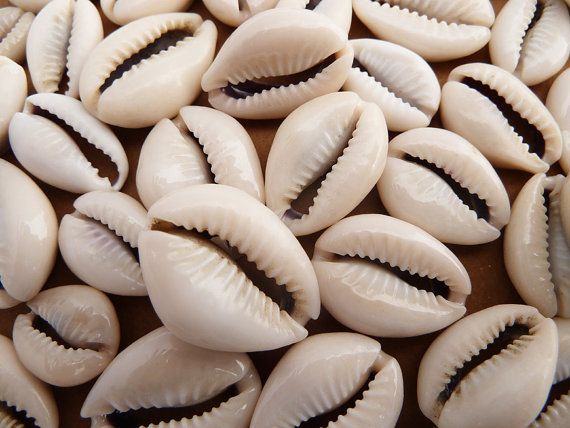Money cowries, from Monetaria moneta, a species of sea snail native to the tropical waters of the Indian Ocean.
Money cowries are natural objects – each shell is a trace of an animal’s life.
They were also, as their common name suggests, circulated widely as a kind of currency.
The KwaZulu-Natal Museum specimens were found among the remains of a sunken ship lying at the mouth of the Mzikaba river in what is today South Africa’s Eastern Cape province.
The remains were long thought to be of the Grosvenor, wrecked in 1782. But in the early 1980s they were identified as the wreck of the São Bento, a 16th century Portuguese vessel.
The São Bento sailed from Portugal to India in 1553, where it loaded a new cargo to take on its journey homeward.
It departed from the port of Cochin in February 1554 with goods destined for trade into Europe and West Africa.
The ship encountered rough and stormy conditions and was probably too heavily laden – greed and risk played a significant role in the Portuguese trading venture.
By April the São Bento was struggling around the south-eastern corner of Africa. It drifted onto a reef-and-island cluster adjacent to the shoreline and broke up in the rough surf.
Money cowries were used for thousands of years as currency across the Indo-Pacific world, but introduced into Atlantic commercial networks relatively late. The Maldives was a major source, with its large-scale, sustainable money cowrie industry.
In the 1550s cowries were still a relatively new commodity for Europeans, and they were destined primarily for trade with West Africa.
The Atlantic market picked up swiftly and billions of money cowries from the Indian Ocean were shipped to the Bight of Benin on the West African coast between the 16th and 19th centuries.
Cowries were exchanged directly for slaves throughout all centuries of the sea-borne trade of slaves out of West Africa.
Nigerian archaeologist, anthropologist and historian Akinwumi Ogundiran describes this trade in terms of a “human-cowry conversion”.
Exact numbers are impossible to calculate, but at a possible rate of around 6 kg of cowries (5000–6000 shells) for one slave, the São Bento cache could have been used to purchase three slaves.
Source : The Conversation


